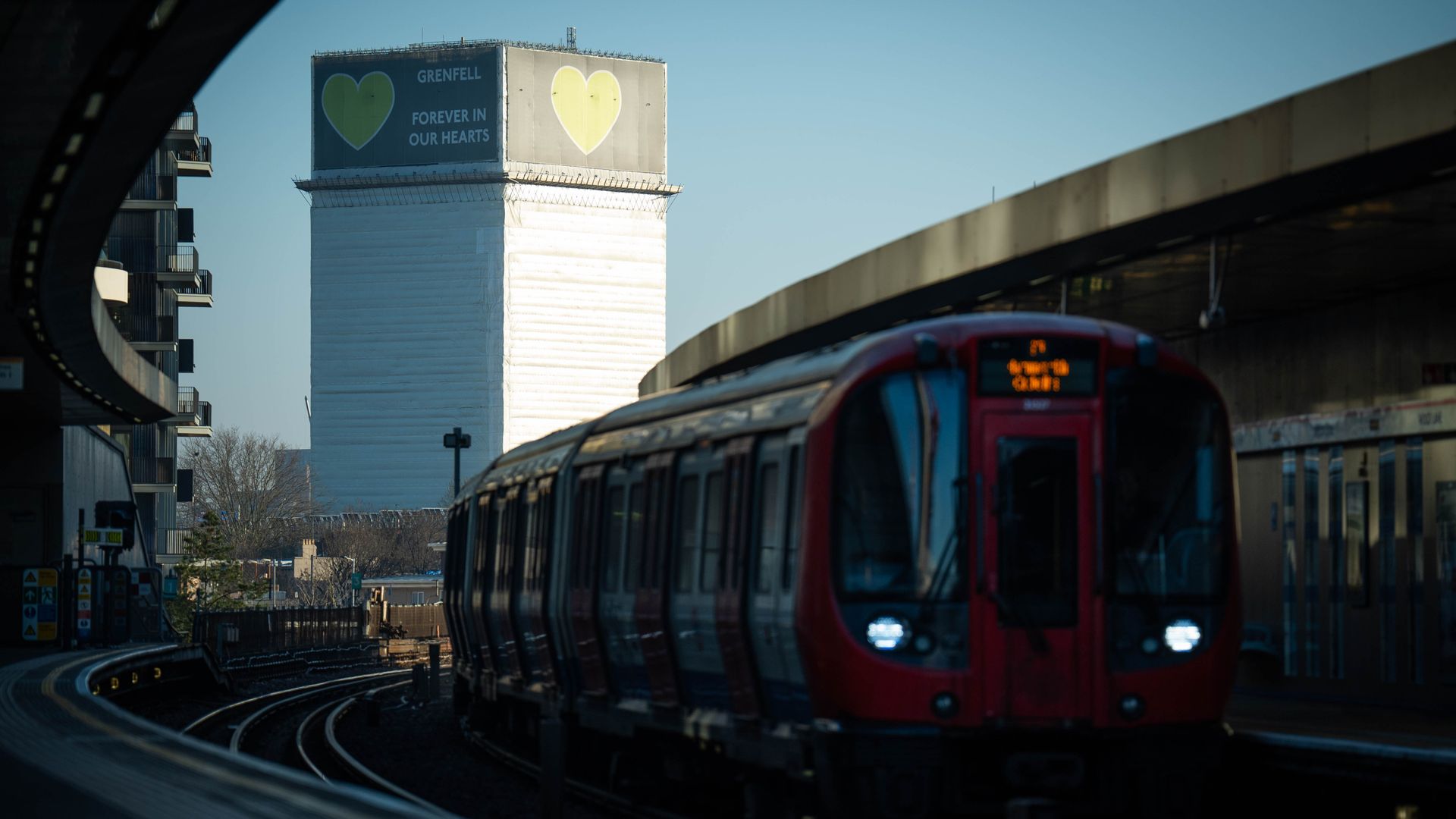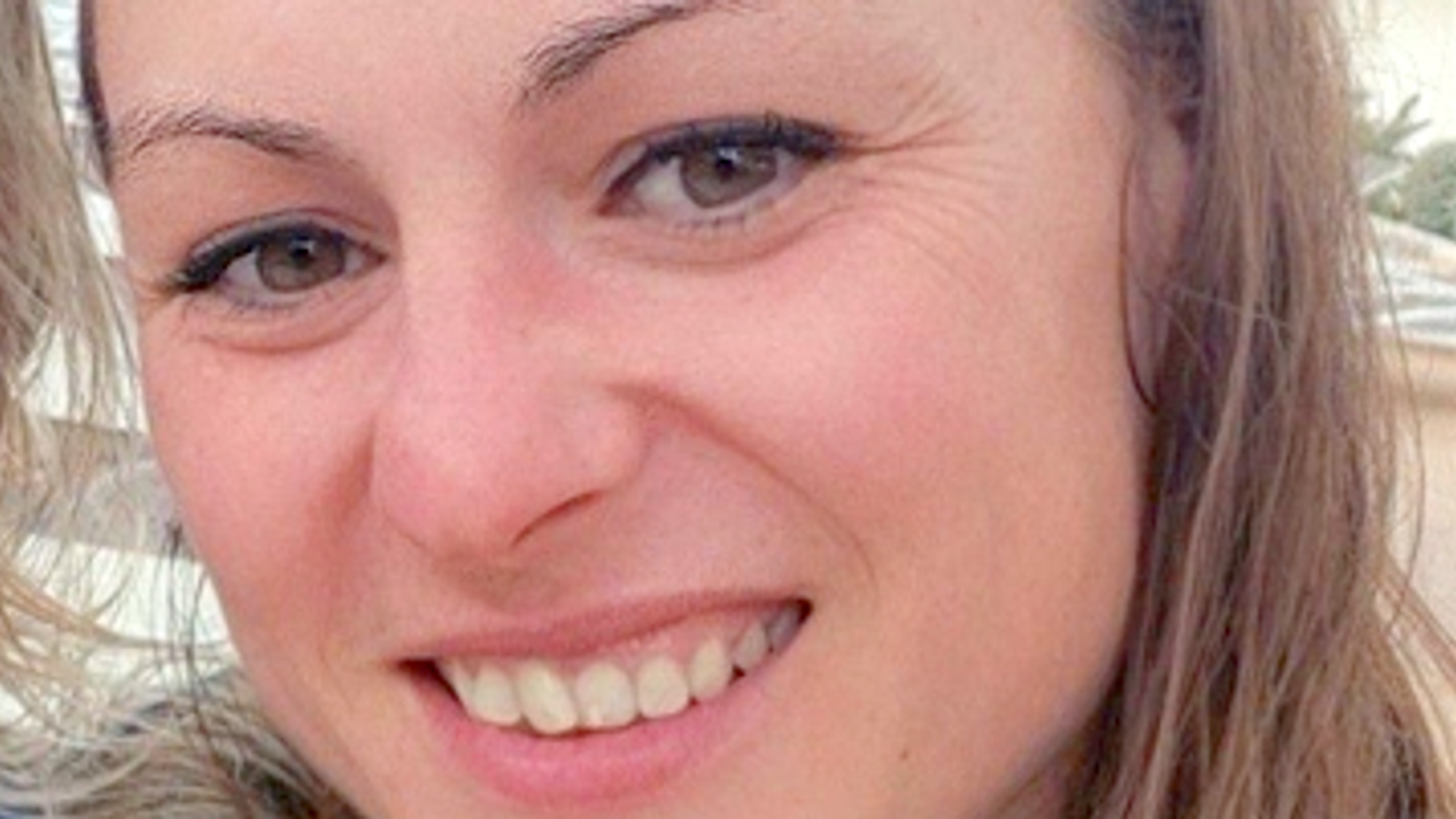The government has told bereaved Grenfell families that the west London tower block will be demolished.
Deputy Prime Minister Angela Rayner broke the news to survivors and relatives of the 72 people who died in the fire at a meeting on Wednesday.
The news that the tower will be “carefully taken down” was confirmed on Friday.
While the decision has been described as “disgraceful” and “unforgivable” by members of the community, it is not clear how the tower will be dismantled and what will happen next.
Here we look at what we know.
Please use Chrome browser for a more accessible video player
Does it have to be demolished?
It has now been well documented that the fire, which broke out in the early hours of 14 June 2017, was exacerbated by the type of cladding it had.
So while the cladding material, window frames, and contents of the flats inside were destroyed by the flames – the building itself is made of fire-resistant reinforced concrete and did not collapse.
UK building regulations mandated reinforced concrete for the construction of tower blocks after a gas explosion at Ronan Point in Newham, east London, in 1968 saw part of it collapse – and four people die.
Engineering experts have said that Grenfell’s structure remains stable and it is safe for people to live and work nearby. However, they have warned it will gradually deteriorate over time – and it is too damaged to be brought back into use.
As a council building, it is the responsibility of the Ministry of Housing, Communities, and Local Government.
In 2021, under the previous government, former housing secretary Robert Jenrick said experts had told him the block poses a risk to Kensington Aldridge Academy – the secondary school located 150 yards (450m) away.
Since then, it has been earmarked for demolition – but nothing was confirmed until Ms Rayner’s announcement.
How would it be taken down?
Building demolitions in the UK are subject to strict regulation and overseen by the Health and Safety Executive.
First, risk assessments of the site are carried out and the necessary licences are obtained to mitigate the impact on surrounding homes and businesses.
Residents and workers are then evacuated and given appropriate alternative accommodation if necessary.
Before the demolition begins, hazardous materials such as asbestos are removed and safely disposed of.
There are several options for the demolition itself.
Implosion – whereby explosives are placed at the base of the building so it collapses in its own footprint or along a designated path – is used in less than 1% of cases.
It would be highly inappropriate for Grenfell due to its surroundings, which include homes, businesses, roads, and two London Underground lines.
Usually, buildings are demolished using hydraulic excavators that can break concrete and steel. If these are too big, smaller demolition robots can work more intricately.
But for high-rise buildings, engineers often opt for dismantling or ‘top down’ techniques, whereby a number of small, car-sized excavators are lifted onto the roof and dismantle the structure from there down.
This is done with scaffolding surrounding the building – so the process is hidden from those on the ground.
Read more:
Survivor says decision should be reconsidered
Relatives sent letters about unidentified remains
Cladding work hasn’t started on half of at-risk blocks
What happens next?
The groups that represent the Grenfell community are conflicted about what should happen to the site.
Some have expressed feeling re-traumatised by the sight of the tower – while many say they want it to remain as a reminder of what happened.
A year after the tragedy, the charred structure was covered – with ‘Grenfell forever in our hearts’ written at the top.
After the public inquiry last year found “systematic dishonesty” contributed to the fire, the Metropolitan Police said they would decide on whether to bring criminal charges by the end of 2026.
Some community members want the tower to stay intact in case it is needed for further evidence.
In 2021, some of the victims’ families proposed planting 72 species of plants – one for every person who died – up and down the tower to create a ‘vertical forest’.
Last year, the Royal Institute of British Architects (RIBA) was commissioned to preside over an official Grenfell memorial.
In January they shortlisted five architectural firms to design it, with a decision due this summer.
They are: Curl La Tourelle + Head Architecture; Freehaus; George King Architects x Grow to Know; New South; Office Sian.
RIBA says they all underwent “robust evaluation” to make sure they have “the right skills, capability, and awareness of the Grenfell tragedy” and that they do not belong to an organisation that “bears any potential responsibility for the tragedy”.
It adds that the team chosen must “also present their strong experience of working collaboratively with communities” over the next six months.
According to its website: “It is anticipated that the memorial design should be sufficiently developed, in partnership with the community, to allow for a planning application in late 2026.”
Follow our channel and never miss an update
Affected families, meanwhile, say the final decision is “deeply sensitive” and must be made with their input, which they say the four-week consultation period preceding Ms Rayner’s announcement has failed to do so far.
A spokesperson for the Ministry of Housing, Communities and Local Government said: “This is a deeply personal matter for all those affected, and the deputy prime minister is committed to keeping their voice at the heart of this.”





